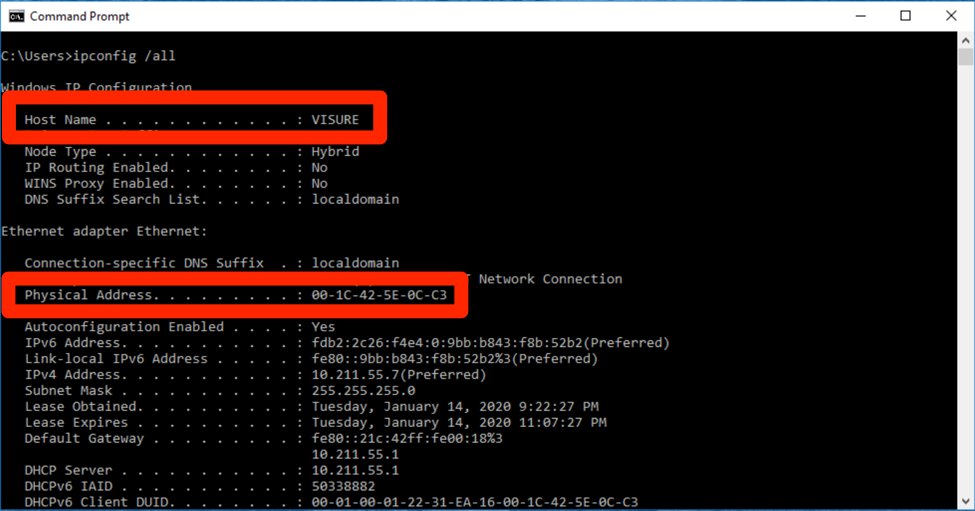

#Macos server address plus
Now, click on the plus button and we're going to start entering host names. It should be fine as long as they're numbers that actually work. I just put in some layer three numbers, but you may want to put in Google's numbers or Dyn DNS or whatever you want to put in. These are just servers that are out on the internet that can receive requests and can respond to them appropriately about what's out there on the internet, and so, you want these to be public servers that accept requests and that will respond quickly. Also, up here above where we put in Host Names, we're going to click Edit Forwarding Servers, and we're going to put in the numbers of a couple of forwarding servers. So, we'll start by saying that we're going to do Lookups for everybody. This is actually a really good thing because it doesn't mean that you'll have to go back and change the DNS later on if you want to have your own zone named the way you want it to be named. It just sort of sits there and does nothing and let's you configure DNS on your own. Unlike previous versions of OS X server, there's no automatic setting up of DNS if you choose to be self-referencing.

So, I'm going to go to the Go menu, pull down to Applications, go to Server, double-click on it and let it launch.
As soon as we get server installed and set up, we really want to get into the server app and configure our DNS service, because as you'll recall in our network system preferences, we set it up so that we were self-referencing for DNS.


 0 kommentar(er)
0 kommentar(er)
